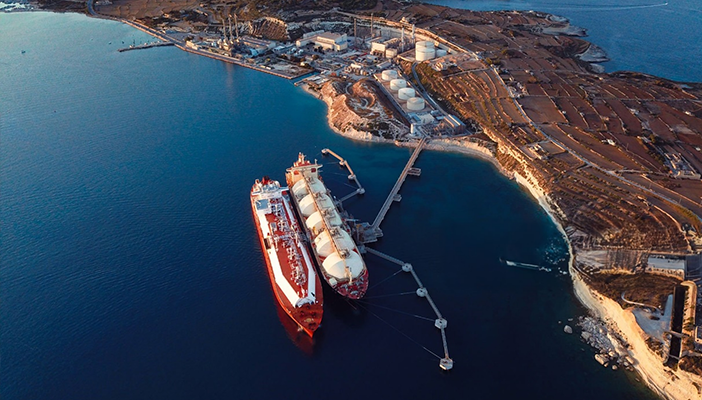Since May last year, ACP has decided to reduce the daily transit volume. The ongoing drought, coupled with the El Niñ o weather phenomenon, has caused a large number of merchant fleets around the world to decide to avoid the waterway due to congestion and high tolls.
At the end of last year, the pressure on the Panama Canal became even greater as Yemen's Houthi rebels began to launch attacks on merchant ships in and around the Red Sea. According to data from Clarkson Research, the Panama Canal accounts for 2.5% of global trade. Due to restrictions on the transit of the Panama Canal, the tonnage in transit has fallen by one-third.
ACP said that after a year of reduced draft and transit due to drought, the current dry season is nearing its end, and transit will return to normal next year.
ACP added that according to the current and expected water level of Gatong Lake, the Panama Canal added additional ship space in March, bringing the total number of crossings per day to 27, which is a significant increase from the originally feared 18 daily crossings.
ACP explained: "The recent precipitation and the continued water-saving measures of the canal are reversing the situation. There are still misunderstandings about the impact of the recent drought on canal operations and global trade, so this statement aims to alleviate people's concerns.“
ACP claimed that there were no long queues of ships. The number of ships waiting outside the canal was comparable to the expected number during the daily transit period. Most ships had reservations and often arrived early. ACP also added that these ships usually refuel or replenish supplies before crossing the border.
The Canal Management Committee said that the transit restrictions caused by the drought will not continue endlessly.
The current forecast shows that stable rainfall will be ushered in in late April and will last for several months. If this is indeed the case, the canal plans to gradually relax traffic restrictions and return to normal by 2025, with daily traffic increasing to 36 times.
The canal authority denied the claim that ships waited for a long time to pass through the canal. They said that more than 75% of the ships waiting this week have been booked in advance and will transit on the designated date. The waiting time is extremely short or even no need to wait.
Data show that the average waiting time for ships without appointments this year is slightly less than 2.5 days, much lower than the 3.6 days from January to March last year and the 3.8 days in the same period in 2022.
ACP emphasized that transit is still reliable as long as it is booked in advance. However, ACP admitted that last year, especially in October and November, priority transit auction prices soared, when the transit cost of each oversized bulk carrier was as high as US 44 million.
However, since the peak of last year, auction prices have stabilized. The current prices are generally close to normal levels, but auctions are still an option for customers who may not be able to obtain reservations through other methods.
Gibson, a British ship broker, said in March that in the first half of 2023, the average winning bid for tankers using old locks will be about 100,000 U.S. dollars. But in the fourth quarter, this figure jumped to just over 600,000 U.S. dollars. So far this year, this figure has fallen back to just over 200,000 U.S. dollars.
ACP also said that competition for alternative routes will not affect the status of the Panama Canal in global trade






